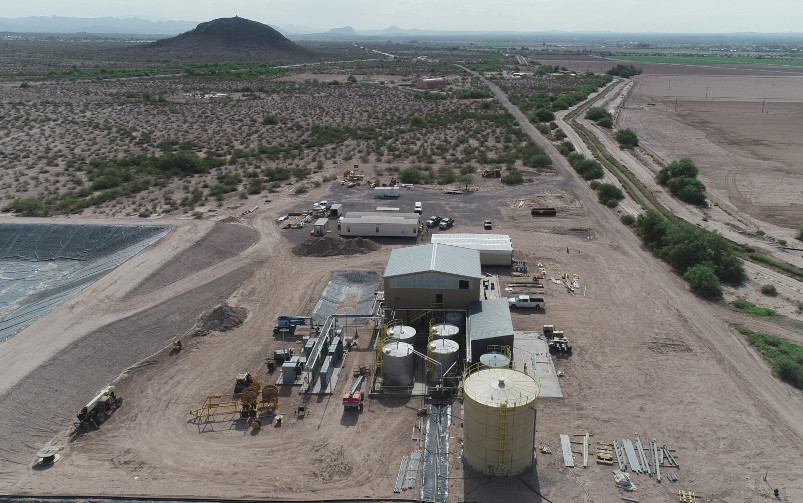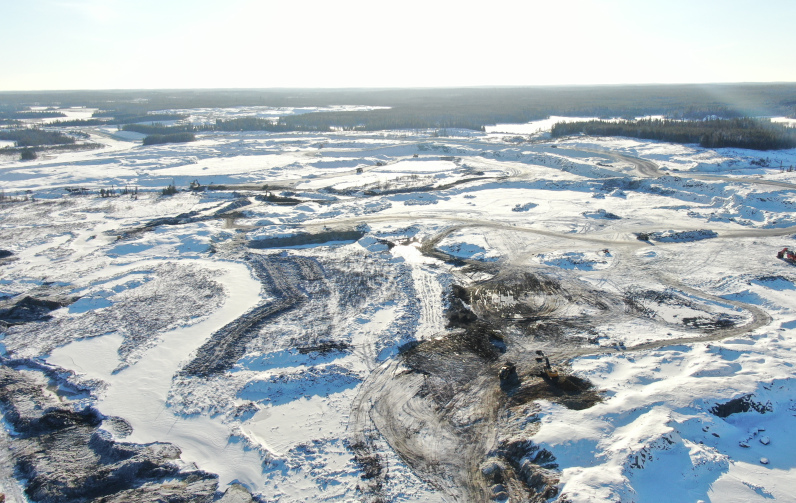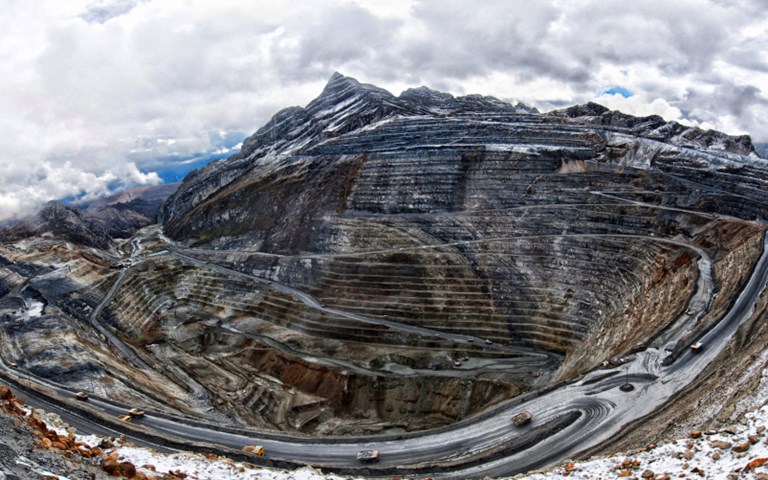Disruptions at the Las Bambas and Antamina (pictured) mines caused copper prices to increase. Courtesy of Antamina
A strong end to the year and accelerated prices in January have led to higher commodities forecasts, and metals such as copper, nickel and lithium are benefiting from “the red-hot EV market.”
In S&P Global’s State of the Market: Mining Q4-21 conference, Sean Decoff, senior analyst, metals and mining research at S&P Global Market Intelligence, said that in general, the industry is seeing positives. COVID-19 cases are dropping, many countries are completely scrapping restrictions and persistent inflation is benefiting commodity prices.
Iron ore, for example, had a volatile year. It reached record highs in the first half of 2021, but the prices essentially collapsed later in the year. In July, cracks appeared in the Chinese property market, additional supply came online and China restricted steel production due to the government’s pollution control measures.
When steel production in China peaked, the iron ore price started to drop, and by the end of the year steel production in the country came in three per cent lower, the first year-on-year decline since 2016. Prices evened out due to Chinese restocking and the expectation is that Chinese demand will be stronger in the March quarter.
“Due to the strong start this year and China’s policy easing announcements, we’ve revised our price forecast higher to about US$120 per tonne or US$119.30 per tonne, and this is up from US$105 per tonne, which we had last month,” said Decoff. “While an improvement, this is still about 25 per cent lower than last year’s average.”
Other metals, such as copper and nickel, benefited from the transition to green energy, renewables and electric vehicles (EVs). In February 2022, S&P Global reported that EVs and renewables accounted for six per cent of copper demand and batteries accounted for 10 per cent of nickel demand in 2021. EV sales in China, Europe and the U.S. also rose around 130 per cent to more than three million units in 2021.
According to the China Association of Automobile Manufacturers, China sold 450,000 new EV units in November 2021, an all-time high. That’s a 121 per cent year-on-year increase and 17.3 per cent higher than October.
In addition to increased demand for EVs, Decoff attributed a spike in copper prices at the beginning of the third quarter to supply concerns. Both MMG’s Las Bambas mine and the Antamina mine – owned through a joint venture between BHP, Glencore and Mitsubishi Corporation – in Peru faced disruptions after protestors blocked the roads. The fourth quarter saw an average cash price of $9,700 per tonne, 3.5 per cent higher than the third.
Nickel prices are also rising, driven by strong stainless steel production and high-value markets such as aerospace, oil and gas, and the EV market.
“When we talk about nickel lately, the bright story is, of course, EVs, but we have to remember that 70 per cent of demand still comes from stainless steel,” said Decoff. “And interestingly, in China, unlike regular steel, stainless steel production had a solid year-on-year increase despite the power cuts. And further out, we don’t see this trend stopping any time soon.”
It should come as no surprise that EV sales are also impacting lithium prices, which increased about 164 per cent in 2021. Principal analyst, metals & mining research at S&P Global Market Intelligence, Kevin Murphy said he believes the majority of the increase is due to lithium iron phosphate (LFP) battery demand.
LFP batteries use lithium carbonate and not cobalt, which is more expensive and faces supply constraints. LFPs rose in popularity in China, representing about 10 per cent of all batteries in 2020 before jumping to 30 per cent in 2021.
The CIF North Asia lithium price hit US$20,000 per tonne by year-end and, as the price continues to rise, miners are accelerating projects to meet demand. For example, S&P Global estimates that the spodumene projects in Australia will increase capacity by 81.8 per cent.
Moving forward, Murphy said he believes that interest in LFPs has peaked and there will be more growth in nickel-intensive nickel-manganese-cobalt (NMC) batteries. Meanwhile, growth in cobalt-heavy NMCs are expected to dwindle.
Cobalt prices increased during 2021. However, almost 70 per cent of Cobalt comes from the Democratic Republic of Congo, and shipments typically go through South Africa, which has constrained ports due to COVID-19. Murphy expects this to be mostly resolved during 2022, which will “take a little bit of the steam out of the cobalt price.” As the plug-in electric vehicles (PEV) market increases, putting demand on cobalt, the price should trend back upwards.
“So looking at the actual PEV sales, 2021 was a record year despite the chip shortage that has been impacting electronics around the world,” said Murphy. “The bulk of this growth, not too surprisingly, is from China but also some from Europe. And looking forward, we do expect PEV sales to increase around 27 per cent on a compound annual growth rate from 2021 to 2026, again very heavily in China and Europe but also increasingly the U.S.”




